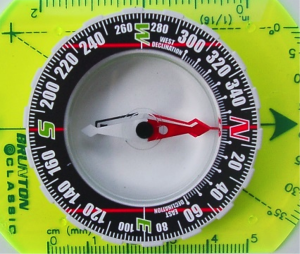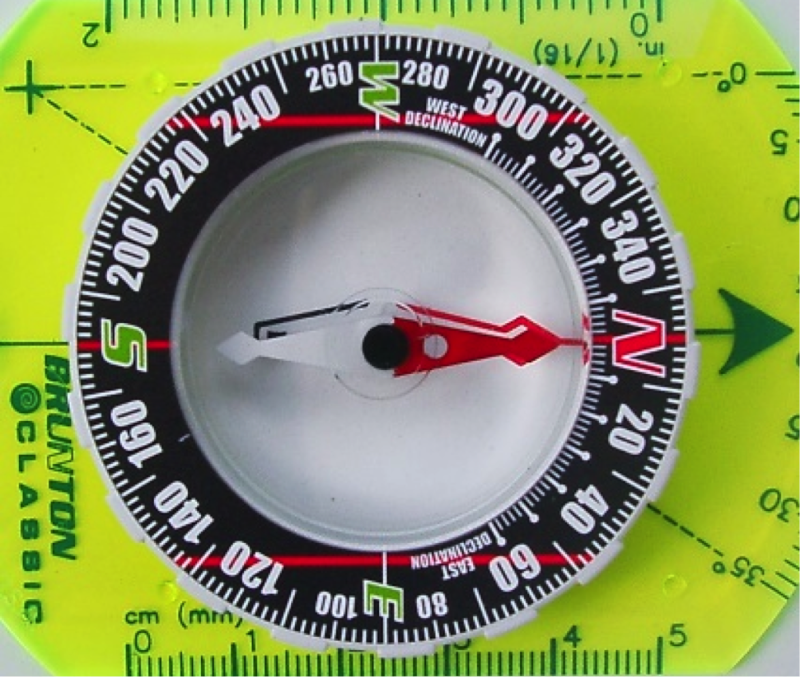 I was working with my daughter Hannah on math last week. We were going over the different types of angles: right, acute, and obtuse. Then we came across the term straight angle. What? The definition of a straight angle is an angle at 180 degrees. Isn’t that a straight line? Yes! It seems like the term “straight angle” is an oxymoron. How can something be an angle if it is straight?
I was working with my daughter Hannah on math last week. We were going over the different types of angles: right, acute, and obtuse. Then we came across the term straight angle. What? The definition of a straight angle is an angle at 180 degrees. Isn’t that a straight line? Yes! It seems like the term “straight angle” is an oxymoron. How can something be an angle if it is straight?
Nonetheless, it got me thinking about the phrase, “she made a 180-degree change.” Is that a “straight angle” change? As we know, this means changing a behavior or thought, in the completely opposite direction. The behavior change is like going from hating pie and now loving pie. Or, it is like being a very loud obnoxious person, and becoming quiet and mild-mannered.
In my work of helping people be more confident and mindful leaders, I encourage people daily to make changes in their thinking and behaviors. Most behavior changes, however, are not a 180-degree switch. Most changes that stick are small repeatable changes which can have big impact. Think of it this way. Imagine you were on a straight path heading towards a destination 2,500 miles away. It would be like driving from Pittsburg, Pennsylvania to San Francisco, California. If you made a 10-degree change in your path, you would be 440 miles away from your original destination. You would end up in San Diego instead.
What is the desired destination?
Recently, I spoke with a gentleman that wanted to establish more open and trusting relationships with his associates and clients. This was his destination. “What is the destination?” is the first question to consider when making a change. Sometimes to understand the desired destination, we also have to recognize the current destination we are headed towards. If the current destination is not satisfactory, something needs to change.
Why is this destination important?
This gentleman realized more open and trusting relationships would result in better outcomes at work because people would freely and openly share ideas, concerns, and challenges. “Why is this destination important?” is the next question to answer. The answers to this “why” question will help you identify the motivations and reasons for the change. This will help you stay committed when the change process become difficult.
What small behavior change will help get you to the desired destination?
Finally, he decided to make the small behavior change of increasing eye contact. He committed to consistently looking people in the eyes when listening and speaking. The positive results of this one behavior change were quickly discovered. People started opening up and sharing more of the details of their requests. Thus, this gentleman was able to solve problems quicker and more accurately.
As you consider making changes in your life, consider these three questions.
- What is the desired destination?
- Why is this destination important?
- What small behavior change will help get you to the destination?




